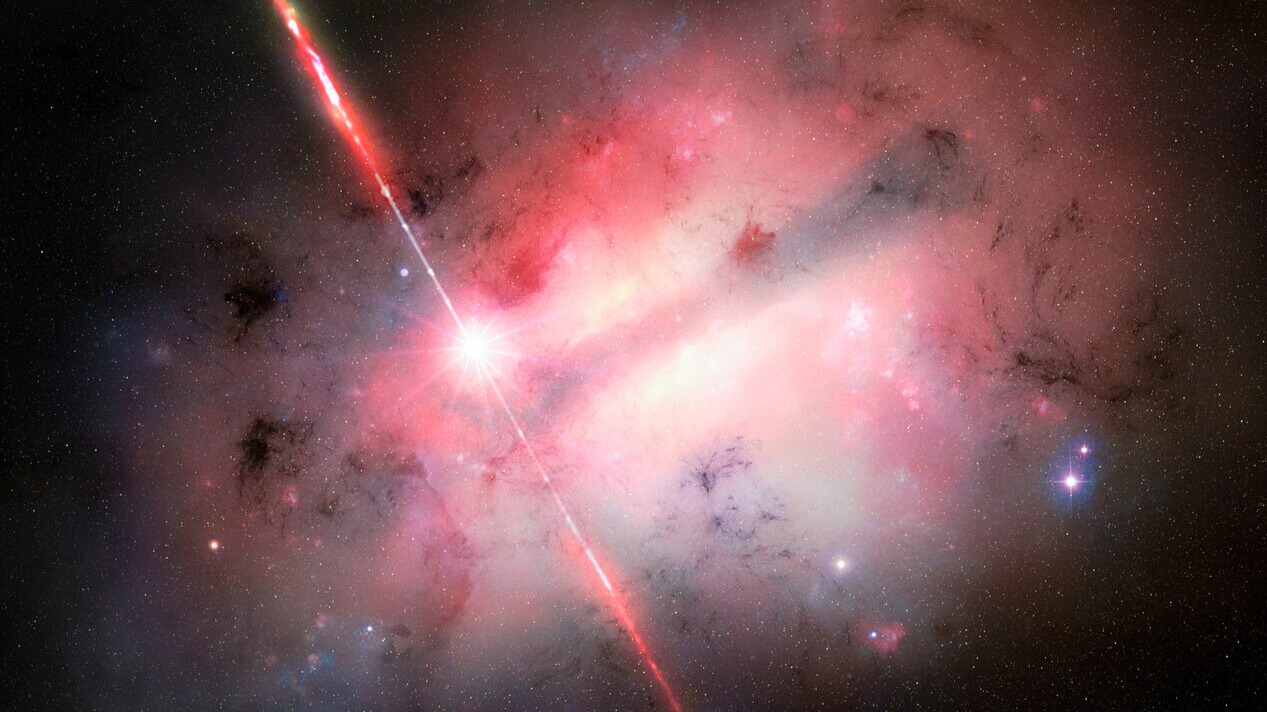
China's mysterious space-tech test is not a sign that the sky is falling, experts say.
Last month, The Financial Times reported that China launched a nuclear-capable hypersonic weapon atop a rocket during an August test. The hypersonic vehicle ended up missing its target by just 24 miles (39 kilometers) or so, demonstrating capabilities that surprised and alarmed U.S. officials, the newspaper wrote.
Chinese officials have disputed that report, claiming that the launch merely tested technologies for reusable spacecraft. But even if that's just a cover story, there's no reason to panic, according to a new policy analysis.
"Either way, this does not change the nuclear balance of terror between Beijing and Washington," Bleddyn Bowen, a lecturer in international relations at the University of Leicester in England, said in a statement.
Related: China's fresh moon rocks are younger than the Apollo samples and no one knows why
Bowen co-authored the new analysis of the August test, along with fellow University of Leicester researcher Cameron Hunter. Their study culminated in an eight-page policy brief for the Asia-Pacific Leadership Network, which you can read here.
Among other things, the duo looked into the possibility that the August launch tested a "fractional orbital bombardment system" (FOBS) — tech that would accelerate a warhead to orbital velocity but slow it down for delivery to a target before it completed a full circuit of Earth. (That "fractional" detail could help a nation avoid breaching the 1967 Outer Space Treaty, which bars the placement of nuclear weapons in orbit, Bowen and Hunter noted.)
Get the world’s most fascinating discoveries delivered straight to your inbox.
Warheads delivered via FOBS could come sailing in from a variety of directions, making such an attack harder to deal with than a salvo of intercontinental ballistic missiles (ICBMs), which must fly along predictable paths.
But FOBS in itself is not a game-changing technology, Bowen and Hunter stressed. They pointed out that the Soviet Union developed a FOBS capability in the 1960s but deemed it less useful than submarine-launched warheads and an overwhelming barrage of ICBMs.
"It's still unclear at this time what exactly was tested by the Chinese military, but if it was a FOBS-like capability, it is unlikely to be fielded on a large scale due to the expense of fielding the high numbers of the weapons required for a meaningful nuclear capability, the ineffectiveness of U.S. missile defenses in defending against China's existing nuclear weapons and the very limited gains FOBS provides above and beyond China's existing nuclear forces on Earth," Bowen said.
Hypersonic vehicles travel at least five times faster than the speed of sound and are highly maneuverable, making them tougher to track and intercept than ICBMs. Hypersonic weapon systems are widely viewed as one of the next big frontiers in military technology, and the U.S., China, Russia and North Korea are all actively developing and testing them.
But, as with FOBS, operational hypersonic vehicles may not actually deliver much of a battlefield advantage, for "defenses against a nuclear ballistic missile attack do not work in the first place," Bowen and Hunter wrote in the policy brief.
"In the nuclear war calculations between the United States and China, no planner should seriously believe American missile defenses can prevent China from getting a few ballistically delivered bombs through to Los Angeles, San Francisco, Portland, Seattle, Denver and Chicago," they added. "In this type of conflict, target ambiguity is irrelevant when an attack of any kind on the homeland would be grossly escalatory, casting doubts as to whether hypersonic glide weapons are uniquely destabilizing in the calculus of nuclear war."
Bowen and Hunter call for cooler heads to prevail in the wake of the August test, and they make a few recommendations for policymakers that could help tamp down tensions now and in the future. For example, they stress that more dialogue on space security in the Asia-Pacific region is "urgently needed" and that nations shouldn't wait around for China and the United States to provide leadership in this arena.
"This test hasn't come from nowhere — U.S. missile defenses in the 1960s were explicitly intended to nullify a Chinese nuclear attack. Since then, the U.S. has consistently dismissed Chinese officials' concerns that more modern technologies have the same purpose," Hunter, an expert on American-Chinese space relations and the techno-politics of nuclear weapons, said in the same statement.
"The Chinese government, for its part, has repeatedly refused U.S. invitations to talk about nuclear weapons. Today, there is little to no dialogue, and this test will only make matters worse," he added. "In the absence of the US and China from the negotiating table, other governments in the Asia-Pacific [region] have the opportunity to take the initiative and try to foster trust on these important strategic issues."
Mike Wall is the author of "Out There" (Grand Central Publishing, 2018; illustrated by Karl Tate), a book about the search for alien life. Follow him on Twitter @michaeldwall. Follow us on Twitter @Spacedotcom or Facebook.




